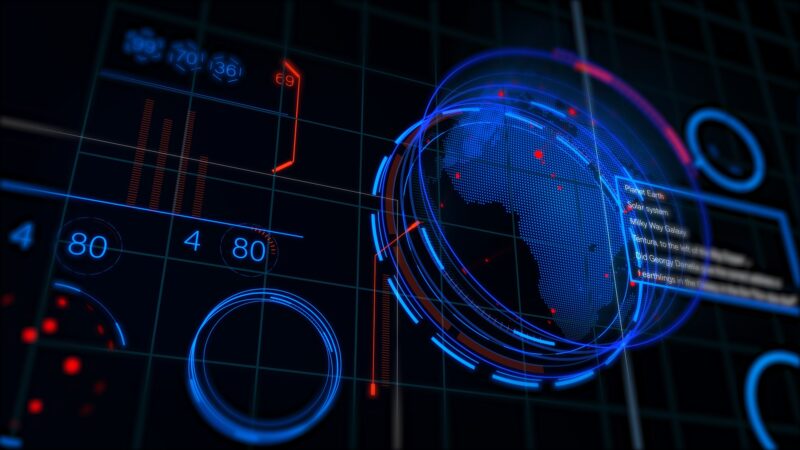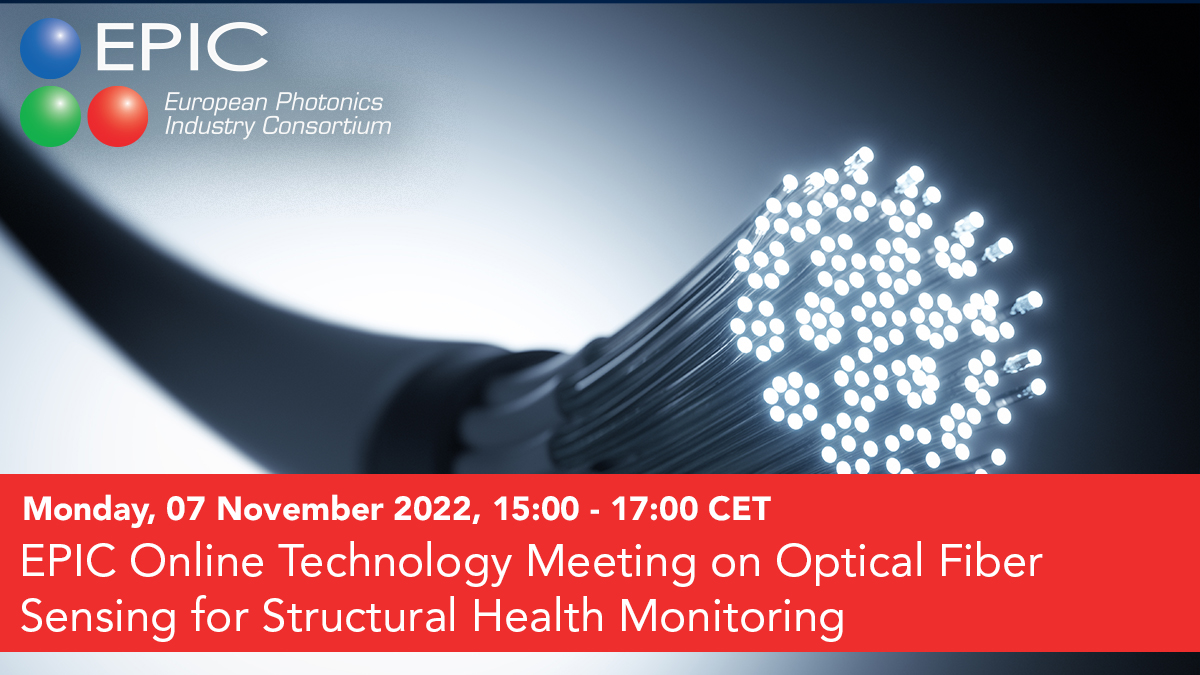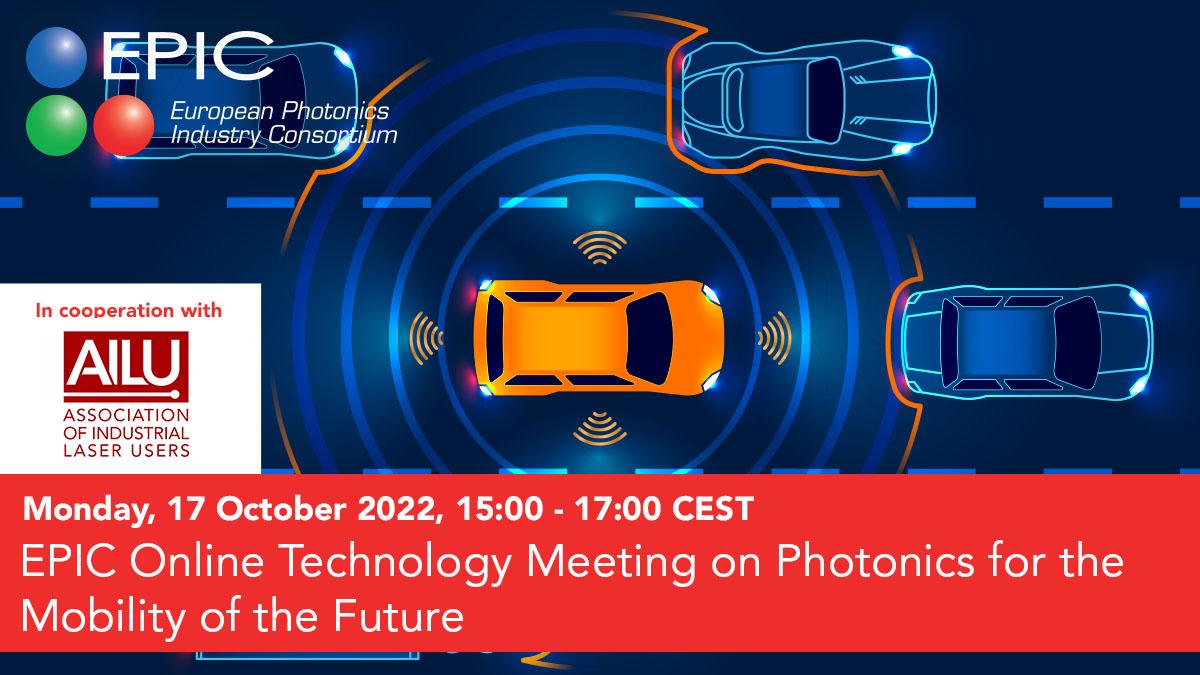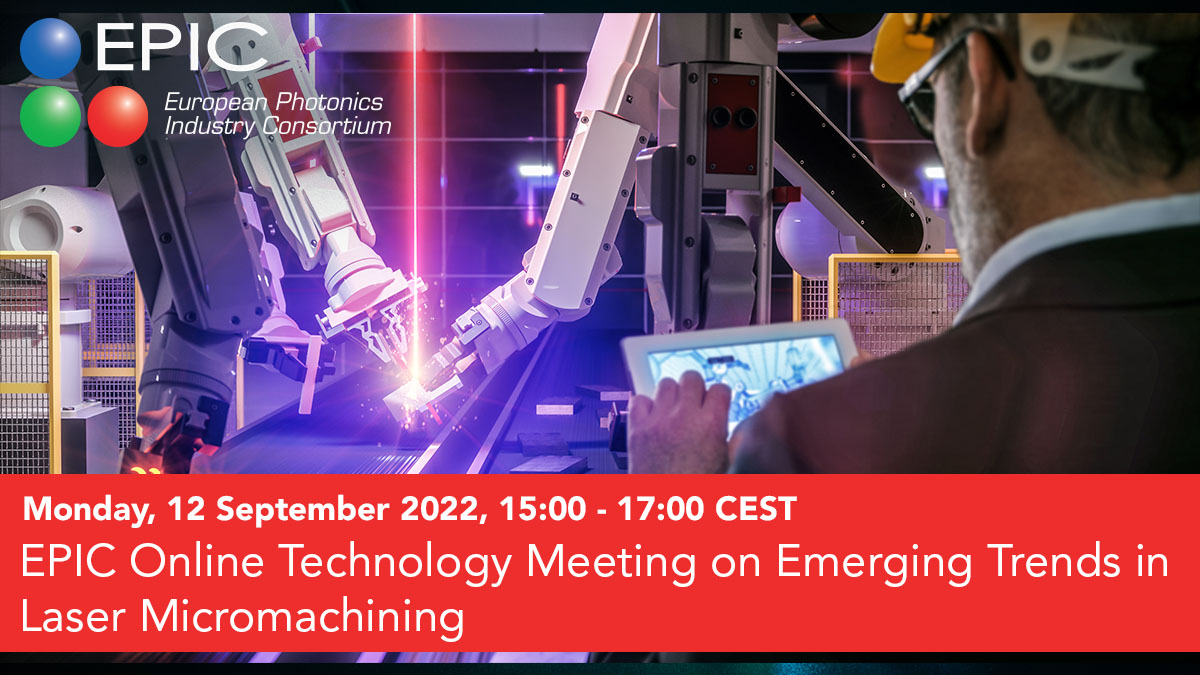Why Integrated Photonics will change space technology?
Download the press release. Photonics is ready to revolutionize spacecraft engineering, replacing or enhancing conventional electrical approaches in critical areas such as digital and radio frequency (RF) telecom payloads, sensors, micro lidars, and spectrometers. These photonic technologies promise to reduce the size, weight, power consumption, and improve the performance of space systems. Among these technologies, Photonic Integrated Circuits (PICs) are emerging as a game-changer in space applications, offering chip-scale integration of multiple optical elements to enable complex functions analogous to electrical integrated circuits. This is why PICs are expected to play a pivotal role in the future of this field.
Airbus has taken a significant step in this direction with the development of the Space Photonics Unified Roadmap. This initiative aims to identify common photonic needs in future space products and promote collaboration between different Airbus divisions and transnational organizations. Victor Fernandez, Senior Photonics Engineer at Airbus, will elucidate the ultimate goal of this initiative: providing a clear vision for the future of photonics in space and strengthening partnerships with the industry and space agencies.
This trend is also relevant in ground-based astronomy, where this technology finds application in beam combiner chips for interferometry, photonic lanterns for adaptive optics, and ultra-wide frequency combs for spectral calibration. Oliver Pfuhl, an Optical Engineer at the European Southern Observatory (ESO), will elaborate on these applications in his upcoming presentation.
A panel of experts will delve into these critical photonics technologies for space applications during the upcoming EPIC Meeting on Photonics for Space. This event will take place at Exail facilities in Paris on September 21 and 22, 2023.
Space Optical Communication and Earth Monitoring Technologies
In the domain of Space Optical Communication Technologies, the demand for higher bandwidth is surging, driven by emerging data-intensive protocols such as 10 Gigabit/s Ethernet, Fiberchannel, ARINC 818, sRIO, and Spacefibre. Fiber optic interconnects are also assuming an increasingly pivotal role in these developments. Davinder Basuita, a representative from Glenair UK, will elucidate these advancements in his presentation titled “Space-Grade Optical Fibre Flex Circuits and Multi-Fibre Connectors for High-Speed Payload Datalinks” during the EPIC Meeting.
From the perspective of New Technologies for Earth and Planetary Monitoring, Ugo Drieux, Sales Engineer & Applications Manager at OptoSigma, will present “Optics for Space“. He will navigate through the multifaceted factors involved in selecting the right optic for space-related flights, complicated further by the existence of three distinct altitude levels, each with its unique environmental requirements.
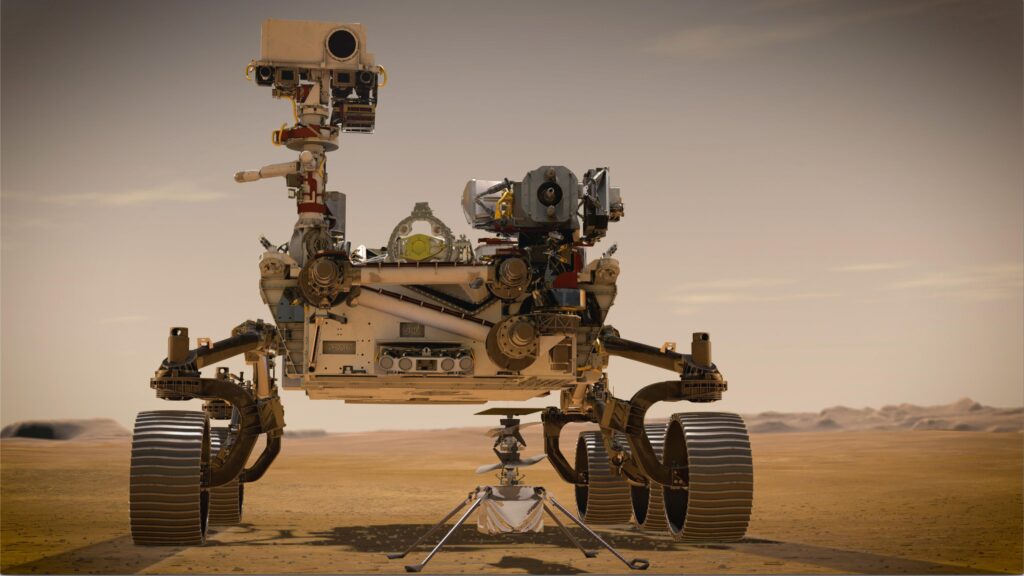
Nineteen optical components from OptoSigma have been installed in the SuperCam remote optical sensing instrument equipped on NASA’s Mars Rover Perseverance.
Space Exploration
The final session of the meeting will center on Space Exploration, extending its reach to the Moon and Beyond. CSEM will present its activities in the fields of metrology and LiDARs for the LISA Mission. This will encompass the calibration of spectrographs for astronomy based on frequency combs and the testing and evaluation of micro-vibrations, as presented by Christophe Pache, Group Leader Sensing & Control at CSEM. In the same session, Henk Leeuwis, VP Strategy and Innovation at LioniX International, will unveil the development of an innovative integrated photonics biosensor platform. This platform offers unprecedented sensitivity, making it suitable for life detection on Mars and Icy Moons.
This 2-day EPIC Meeting on Photonics for Space will feature 24 speakers from various European countries, all dedicated to advancing photonics for space applications. For the complete agenda, please click here.
Below you can find the abstracts of the previously mentioned speakers.
Abstracts of the presentations
SESSION 1: Space Optical Communication Technologies and Challenges
Oliver Pfuhl, Optical Engineer, European Southern Observatory (ESO)
“Photonics in ground-based astronomy“
Photonic integrated circuits (PICs) are becoming one of the key technologies in ground-based astronomy. Applications range from beam combiner chips for interferometry to photonic lanterns for adaptive optics and ultra-wide frequency combs for spectral calibration. I will discuss current and future applications of PICs at the European Southern Observatory (ESO).
Davinder Basuita, European Business Development, Optical Fibre & RF Interconnects, Glenair UK Ltd.
“Space-Grade Optical Fibre Flex Circuits and Multi-Fibre Connectors for High-Speed Payload Datalinks“
Next generation space platforms are becoming increasingly reliant on high speed and high density communications with the demand for bandwidth being driven by emerging data hungry protocols such as 10 Gigabit/s Ethernet, Fiberchannel, ARINC 818, sRIO, Spacefibre, the adoption of FPGAs with I/O rates up to 28Gbps and increasing requirements for the use of high-definition video formats. Numerous applications within the space sector in high throughput satellites and spacecraft payloads are driving the need for ultra-reliable and high-speed datalinks for both digital and RF signal transmission over optical fibre. This presentation will showcase a number of advances in the development of fibre optic interconnects including optical flex circuits combined with multi-fibre array connectors for high density board to board and board to backplane applications. These solutions are highly tolerant to the adverse environment of space applications and are key enablers for future high performance high data rate systems.
SESSION 2: PICs for Space Applications
Victor Fernandez, Senior Photonics Engineer, Airbus Defence and Space
“Space Photonics Unified Roadmap Initiative within Airbus“
Photonics are key constituents of space systems across different product lines, such as satellite communications, Quantum sensors, QKD and LIDAR. Such systems contain transferable technologies due to similarities in terms of functions (laser emission, amplification, single frequency reference, electro-optical modulation) and photonic subsystem architectures. Industrial and performance drivers also require footprint reductions and miniaturization of photonics, which highlights the potential application of photonic integrated circuits (PIC) in new fields and domains.
SPUR (Space Photonics Unified Roadmap) is an Airbus Space Systems initiative, aiming at identifying common photonic needs in future space products and promoting synergies and cooperation between different Airbus divisions and transnational organizations. The ultimate goal of this initiative is to provide a clear vision with respect to the future of photonics in space and reinforce the links with the industry and space agencies.
In this talk, we will present the different activities that have been initiated in the context of SPUR and the medium- and long-term vision of photonic needs as part of Airbus telecom and scientific payloads.
SESSION 3: New Technologies for Earth and Planetary Monitoring
Ugo DRIEUX, Sales Engineer & Application Manager OptoSigma
“Optics for Space“
The presentation offers insights gained from our experience in production and metrology over space qualified optics. There are multiple different factors that come into choosing the right optic, and this selection process is further complicated by the existence of three distinct altitude levels within “space” related flights, each with its unique environmental requirements that we will elucidate.
We aim to shed light on the challenges inherent in reconciling ideal optical design with the complexities of actual production, encompassing issues such as complex materials, stringent tolerances, and the delicate balance between price and quality. Drawing upon our involvement in several projects in this domain, we aim to provide valuable lessons for those embarking on optical ventures in the space industry.
Additionally, this presentation reaffirms our position as a trusted and qualified space optics supplier, ready to support ongoing projects seeking manufacturing expertise.
SESSION 4: To the Moon and Beyond – Space Exploration
Christophe PACHE , Group Leader, Sensing & Control • CSEM
“Space Metrology: Laser Stability for the LISA Mission and 3D Imaging LiDAR“
Abstract: This presentation will cover activities performed at CSEM in the fields of metrology and lidars. Our advanced metrological systems for photonics devices encompass the stability characterization of the laser for the LISA mission, the calibration of spectrographs for astronomy based on frequency combs, the testing and evaluation of micro-vibrations, as well as the lifetime and characteristics of opto-electronics devices within space constraints. In addition, CSEM is developing a flash lidar technology within the New Space approach to enable on-orbit servicing applications.
Henk Leeuwis, VP Strategy and Innovation, LioniX International
“Development of a Lab-on-Chip Based Biosensor-array System for Life Detection on Mars and Icy Moons“
In this contribution, we present the development of an innovative integrated photonics biosensor platform that offers extremely high sensitivity, suitable for life detection on Mars and Icy Moons. After a brief introduction to LioniX and one about the development of the Life Marker Chip, the Life Detection instrument of the Pasteur Payload (descoped from the ExoMars mission), the unique features of this ‘follow up’ integrated photonics-based biosensor platform are discussed. This Lab-on-Chip platform uses proprietary Si3N4-based waveguide technology and is based on a proprietary “asymmetric Mach-Zehnder Interferometer” (aMZI), which is orders more sensitive than other label-free photonic chip sensor systems. The performance of the aMZI is enhanced by material-selective functionality of the surface, which allows the specific bioreceptors to be immobilized only on the waveguide. The rest of the surface is modified with an anti-fouling layer that confines the analyte binding to only the surface of the waveguide, resulting in a lower limit of detection (LoD). This unique platform enables new and cost-effective applications in medical point-of-care diagnostics – the current headline of the development – however in a special form it is also applicable in life detection, as explored in an ESA TRP project. The presentation ends with some ideas about the planetary applications and follow-up actions.




